Disclosure: This article contains affiliate links. We may earn a commission from purchases at no extra cost to you, which helps our travel content.
The first light of dawn breaks through the cypress trees at Swan Lake, casting golden reflections across the still water. This is Sumter, South Carolina – a destination that rarely makes the glossy travel magazine covers but offers photographers an authentic slice of Southern charm without the crowds. As someone who's documented landscapes from the Serengeti to the Mekong Delta, I've developed an appreciation for these quieter corners of the world. Luoghi nascosti – hidden places – as my mother would say, often reveal the most genuine stories.
Swan Lake Iris Gardens: A Photographer's Paradise
Swan Lake Iris Gardens presents a rare visual feast – the only public park in the United States hosting all eight swan species. I arrived before sunrise, when the morning mist still clung to the water's surface, creating that dreamy, diffused light photographers chase around the world.
The juxtaposition of elegant swans against the gnarled cypress knees creates compositions that practically frame themselves. During my visit in late April, the Japanese irises were in full bloom, carpeting sections of the garden in vibrant purples and yellows against the dark water.
I spent hours working different angles with my telephoto lens, which proved perfect for isolating swans against the colorful backdrop without disturbing them. For the spectacular cypress reflections, I relied on my polarizing filter to cut glare and enhance those mirror-like qualities of the water.
What surprised me most was the accessibility – wooden boardwalks extend into the most photogenic areas, allowing photographers of all mobility levels to capture intimate wildlife moments without venturing off-trail.
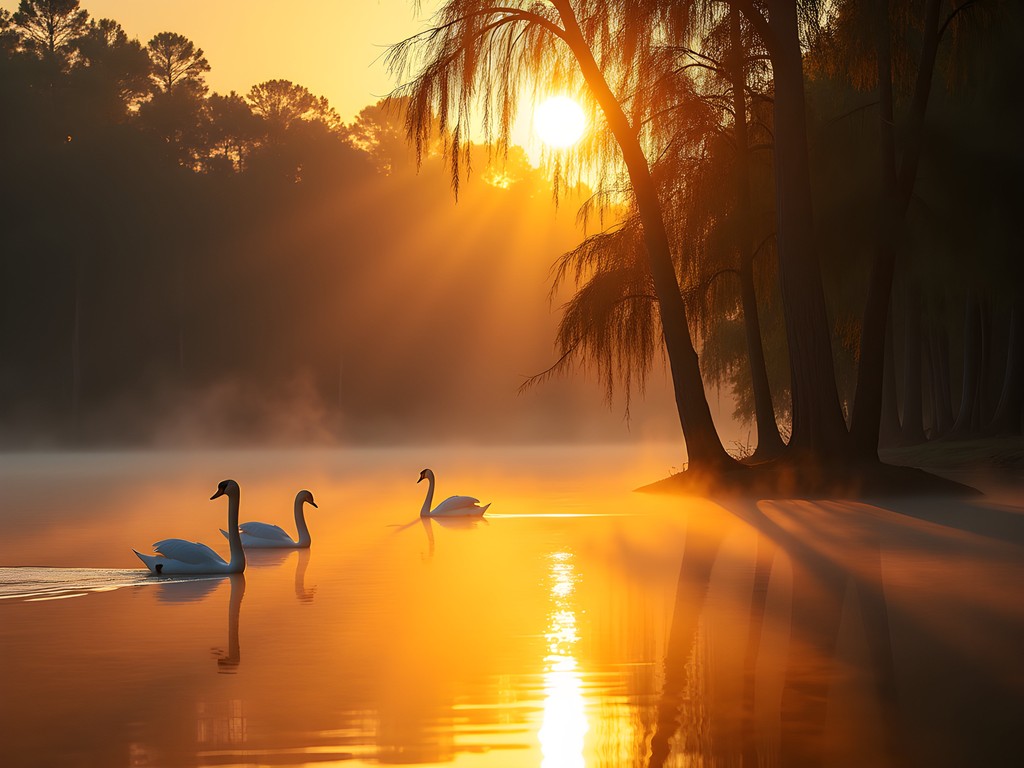
💡 Pro Tips
- Visit at dawn for the best light and most active wildlife
- Bring a polarizing filter to enhance reflections and cut glare on the water
- The Chocolate Garden section offers unique macro photography opportunities in spring
Poinsett State Park: The Mountain in the Midlands
Locals call Poinsett State Park 'the mountain in the midlands' – an apt description for this ecological crossroads where coastal plain meets sandhills meets Blue Ridge Mountains. The resulting landscape offers a surprising diversity of compositions within a compact area.
The Wateree River watershed creates a network of streams and small waterfalls that photograph beautifully with slow shutter speeds. I found myself constantly switching between wide-angle shots of the forest canopy to intimate macro details of the unique plant life.
The 10-mile network of trails provides easy access to different ecosystems. The Coquina Trail became my favorite, leading through mixed hardwood forests to unexpected limestone outcroppings – a geological anomaly in this region that creates fascinating foreground elements.
During my hike, the insect repellent proved essential in the humid conditions. I also appreciated my microfiber towel for wiping condensation off my gear as the day warmed and humidity increased.
Pro tip: The park's CCC-era structures built in the 1930s offer compelling architectural subjects against the natural setting – look for the distinctive stonework that tells a story of American history while framing your landscape shots.
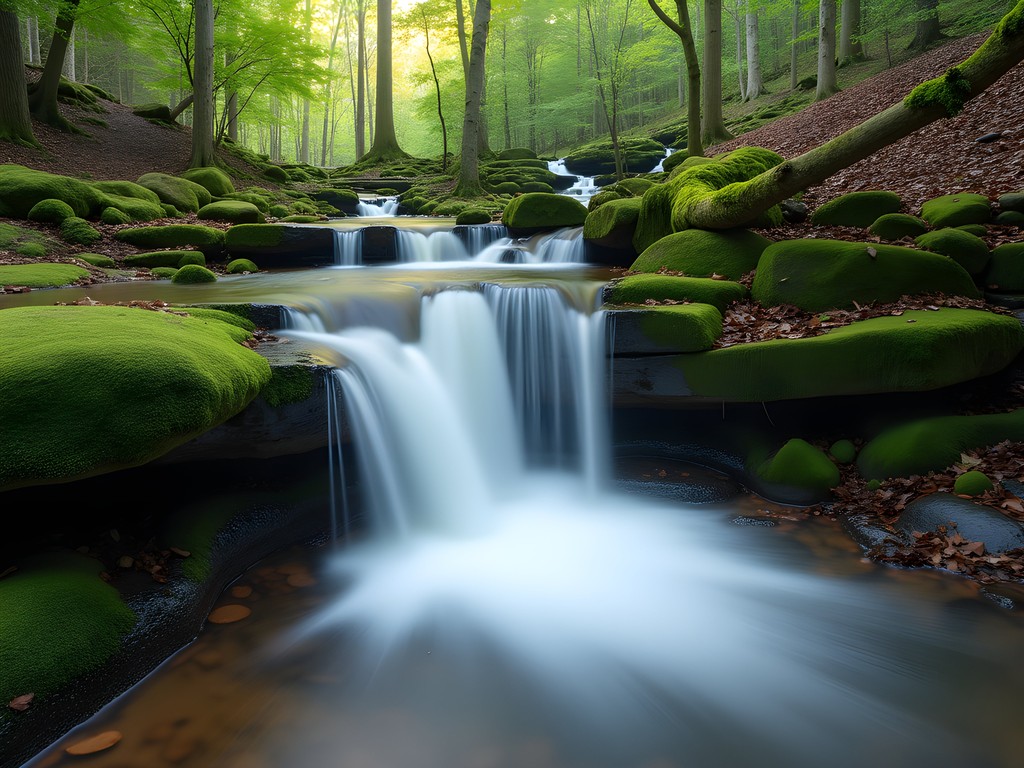
💡 Pro Tips
- Schedule shooting sessions in early morning or late afternoon when the forest light filters through trees most dramatically
- Bring a lightweight tripod for waterfall long exposures
- Pack extra microfiber cloths for lens cleaning in the humid conditions
Historic Downtown: Architectural Time Travel
Sumter's historic district offers a visual journey through architectural styles spanning two centuries. The late afternoon light bathes the red brick buildings in warm golden tones, creating a nostalgic atmosphere that transforms ordinary street scenes into compelling compositions.
I approached downtown as a documentary project, focusing on the interplay of light and shadow across the historic facades. The Opera House, with its Renaissance Revival details, becomes particularly dramatic when side-lit in the golden hour. For these architectural shots, I found my tilt-shift adapter invaluable for correcting perspective distortion without post-processing.
What makes downtown Sumter photographically interesting is the juxtaposition of preserved historic structures alongside evidence of revitalization. This creates visual stories about place and time that go beyond pretty pictures.
Un consiglio da fotografo – a photographer's tip: Don't overlook the alleyways between Main Street buildings. These often feature unexpected textures, vintage signage, and dramatic light shafts that create moody urban compositions without the crowds you'd find in larger cities.
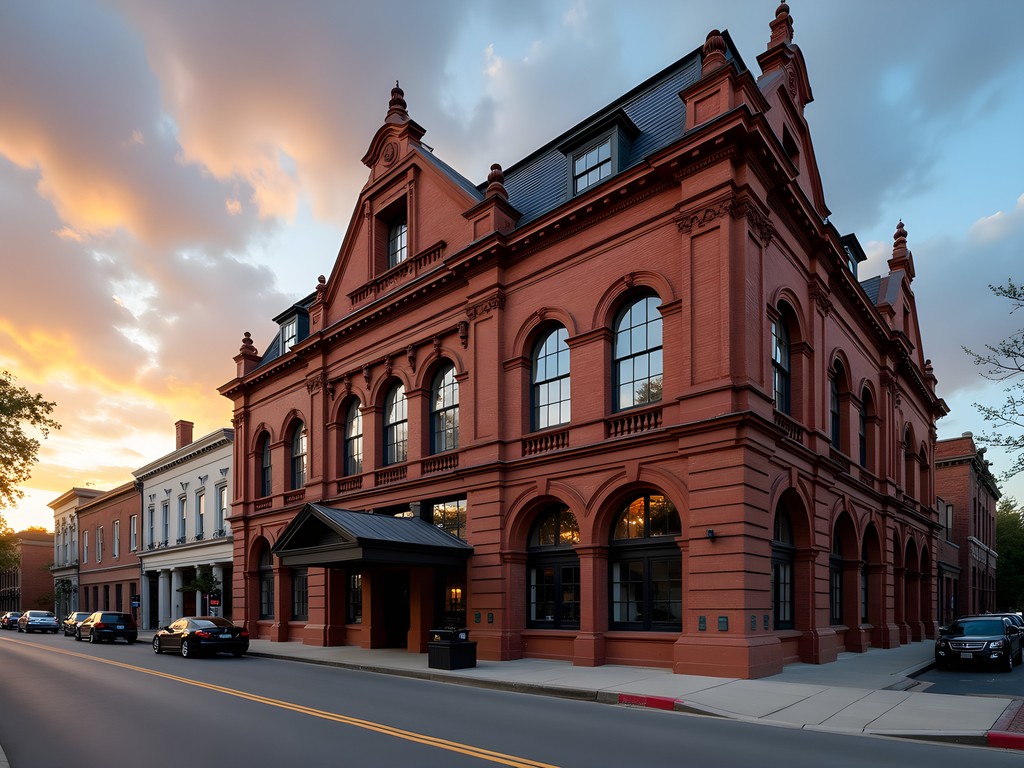
💡 Pro Tips
- Visit on Sundays when streets are quieter for cleaner architectural compositions
- Look for reflections in storefront windows that create layered compositions
- The courthouse square offers excellent golden hour shooting with its monument and mature oak trees
Sumter National Wildlife Refuge: Wild Encounters
Just 15 miles southwest of downtown lies a wildlife photographer's treasure: the Sumter National Wildlife Refuge. Spanning over 13,000 acres, this wetland ecosystem hosts an impressive diversity of bird species that would satisfy even the most demanding wildlife photographer.
I arrived at the refuge an hour before sunrise, setting up along the Wildlife Drive with my low-profile camp chair and camera ready. The patience paid off as wood storks, herons, and egrets began their morning feeding rituals in the golden light.
The refuge's observation platforms are strategically positioned for optimal viewing angles, though I found wandering the quieter trails revealed more intimate wildlife moments. The Bluff Lake Trail became my favorite spot, where river otters made surprise appearances in the early mornings.
My essential gear here included a lens rain cover for protection during sudden afternoon showers and a flash extender that proved invaluable for adding catchlights to wildlife eyes without disturbing them.
What makes this refuge special is the diversity of compositions available – from wide landscape vistas of marshes dotted with wading birds to frame-filling portraits of basking alligators. The changing light throughout the day transforms the same locations into completely different photographic opportunities.
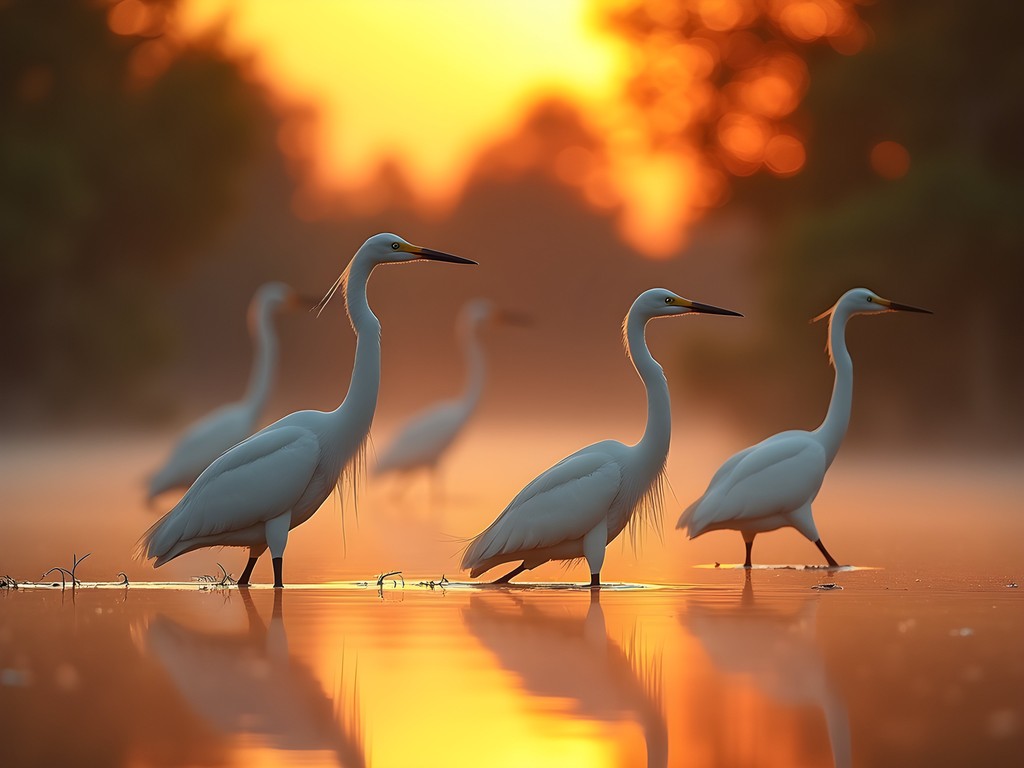
💡 Pro Tips
- Bring your longest telephoto lens – the wildlife viewing distances vary significantly
- Download the refuge bird checklist beforehand to identify species for more accurate captions
- The auto tour route can be driven, but walking portions allows for quieter wildlife approaches
Final Thoughts
As I pack away my gear on my final evening in Sumter, watching the sunset paint the sky above Swan Lake, I'm reminded why I'm drawn to these lesser-known destinations. There's an authenticity here that more popular photography locations often lose to crowds and over-documentation.
Sumter offers the thoughtful photographer a rare gift: time and space to develop a personal visual relationship with a place. No jostling for the iconic shot, no waiting for tourists to clear your frame – just the quiet conversation between light, landscape, and lens.
Whether you're drawn to wildlife, architecture, landscapes, or cultural documentation, this unassuming South Carolina gem provides rich visual stories waiting to be told. La bellezza si trova negli angoli tranquilli – beauty is found in quiet corners. And Sumter has quiet corners in abundance, each with its own visual melody for those patient enough to listen.
So pack your gear, clear your memory cards, and set your alarm for those golden hours. Sumter's light is calling, and it speaks a language every photographer understands.
✨ Key Takeaways
- Sumter offers diverse photography opportunities from wildlife to architecture without the crowds of more famous destinations
- Early morning and golden hour provide the most dramatic lighting for both natural and urban settings
- The combination of wildlife refuges and historic districts allows photographers to capture varied content in a single weekend trip
📋 Practical Information
Best Time to Visit
March-May when spring blooms and wildlife activity peaks
Budget Estimate
$250-350 for a weekend (accommodations, food, and transportation)
Recommended Duration
2-3 days minimum to cover the main photographic sites
Difficulty Level
Intermediate - Some Wildlife Photography Requires Patience And Technical Skill

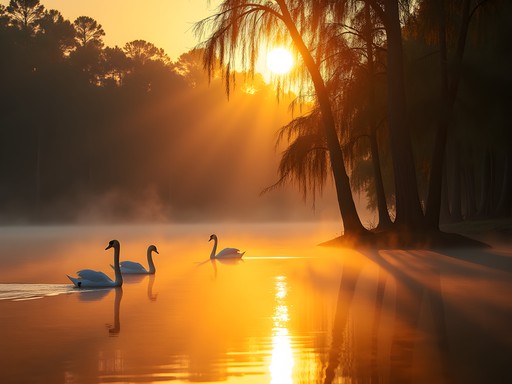


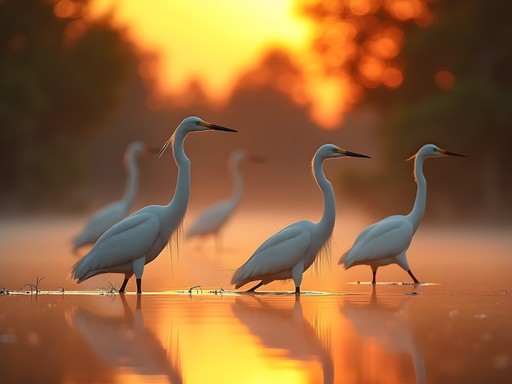


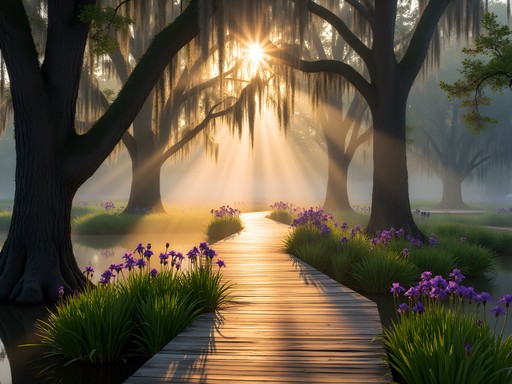
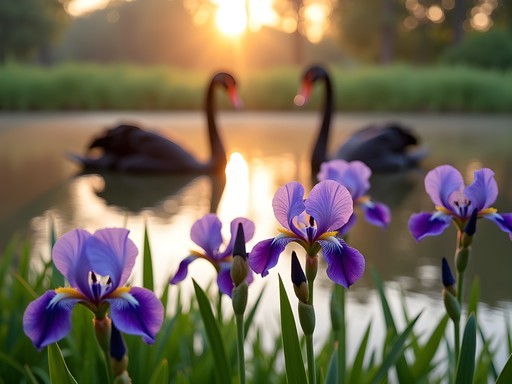






Comments
Taylor Moreau
Excellent coverage of a truly underappreciated destination, Kevin. I had the pleasure of visiting Sumter during a business trip to Columbia last year and made a detour specifically for Swan Lake after seeing some photographs. The juxtaposition of natural beauty against the historical architecture in downtown creates fascinating visual narratives. Your section on Poinsett State Park particularly resonated with me - the unique ecology there deserves more attention in travel photography circles. Well documented.
cityway
I visited Sumter last year and completely agree about Swan Lake being a photographer's paradise! The contrast between the dark cypress trunks and colorful irises is stunning. One tip - don't miss the Japanese garden section in the northwest corner. It's less visited but has some great composition opportunities with the red bridge and stone lanterns.
roamphotographer
Great shots from Swan Lake! What time of day did you visit to get that golden light? I'll be passing through next month and would love to capture similar reflections.
Kevin White
I was there right at sunrise, around 6:30am in early May. The morning light is magical there, especially with the cypress trees. Bring a polarizing filter if you have one!
roamphotographer
Thanks for the tip! Will definitely plan for an early morning visit.
islandchamp
Never thought of Sumter as a photo destination. Your pics changed my mind! Adding to my list.
John Hart
Having photographed natural landscapes across five continents, I find these less-trafficked American locales often yield the most satisfying results. Your composition at Poinsett State Park effectively captures what locals call the 'Mountain in the Midlands' phenomenon - that geological incongruity creates fascinating microclimates photographers can exploit. I visited Sumter National Wildlife Refuge last October and found the seasonal migration patterns created exceptional opportunities for bird photography. For serious wildlife photographers, I recommend using a carbon fiber tripod with a fluid head - essential for those long exposure shots at Swan Lake during the golden hour. Kevin, did you encounter any challenges with light diffusion through the cypress canopy?
Kevin White
Great observation about the light, John. The cypress canopy created some challenging dappled patterns mid-day. I found early morning fog actually helped diffuse the light beautifully. October must have been perfect for the bird migrations!
explorevibes
Planning a weekend trip to Sumter this fall. Is two days enough to cover the spots you mentioned? Any accommodation recommendations?
Kevin White
Two days is tight but doable if you're focused. I'd suggest one morning at Swan Lake, afternoon downtown, and a full day split between Poinsett and the wildlife refuge. I stayed at the Hampton Inn near downtown - clean and convenient to everything.
citywanderer
Is Swan Lake worth visiting in winter or is spring the best time with the irises?
hikingadventurer
Not Kevin, but I went in November and it was beautiful! Different vibe, more moody, but the cypress trees look amazing. Fewer flowers but more birds.
Kevin White
Agree with hikingadventurer - each season has its charm. Spring has the irises, but winter gives you clearer views of the structures and more waterfowl. I actually prefer the softer winter light for photography.
George Hayes
Kevin, your post brought back wonderful memories! We took our kids (8 and 10) to Sumter last summer as part of our Carolina road trip. Swan Lake was their absolute favorite - they were mesmerized by the swans and couldn't get enough of the Japanese iris gardens. We spent hours there playing amateur photographers! The historic downtown was surprisingly kid-friendly too - that vintage ice cream shop on Main Street was a lifesaver in the July heat. Your architectural shots really captured the charm of those old buildings. Did you try that little café on Liberty Street? Their pimento cheese sandwiches are worth writing home about!
exploreking
What camera setup did you use for those wildlife shots at the refuge? They're so crisp!
Kevin White
I used a Sony Alpha a7 III with a 100-400mm lens for most of the wildlife shots. Early morning is key for catching the animals at the refuge!
globenomad
Swan Lake is such a hidden gem! Great shots.
Venture X
Premium card with 2X miles, $300 travel credit, Priority Pass